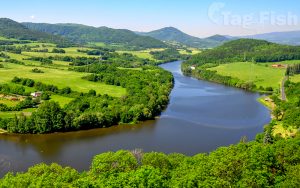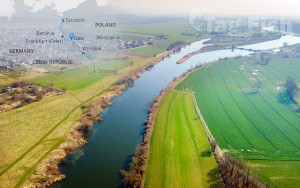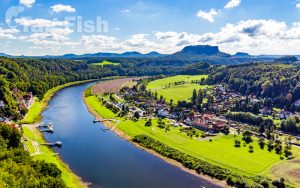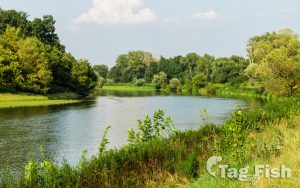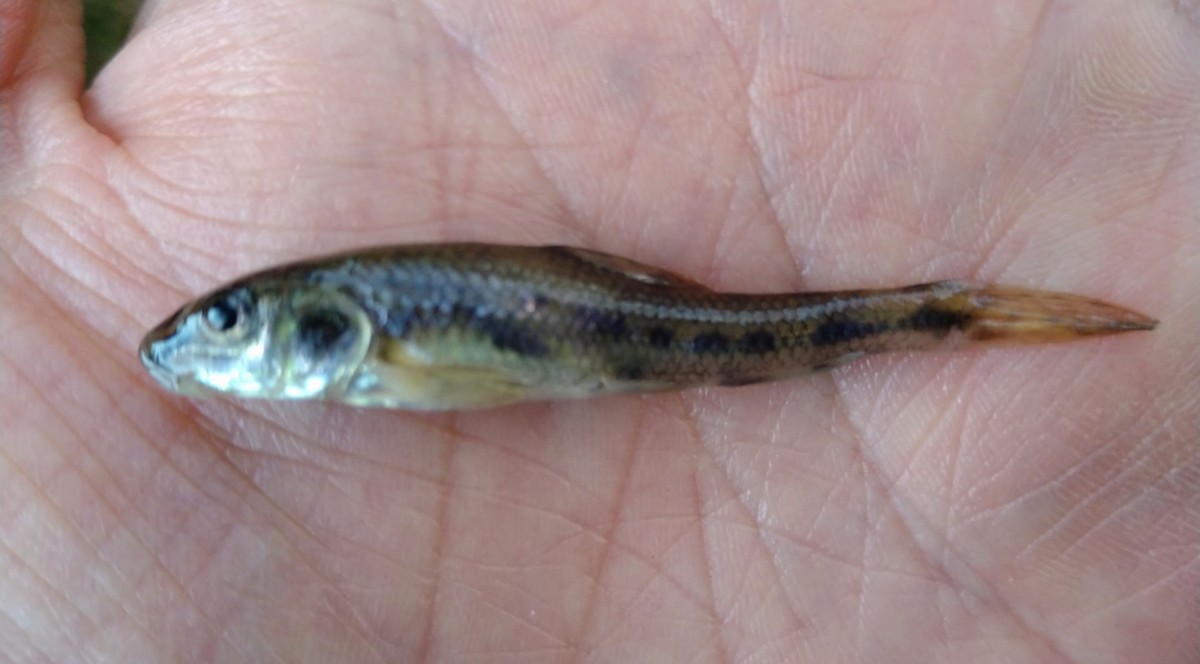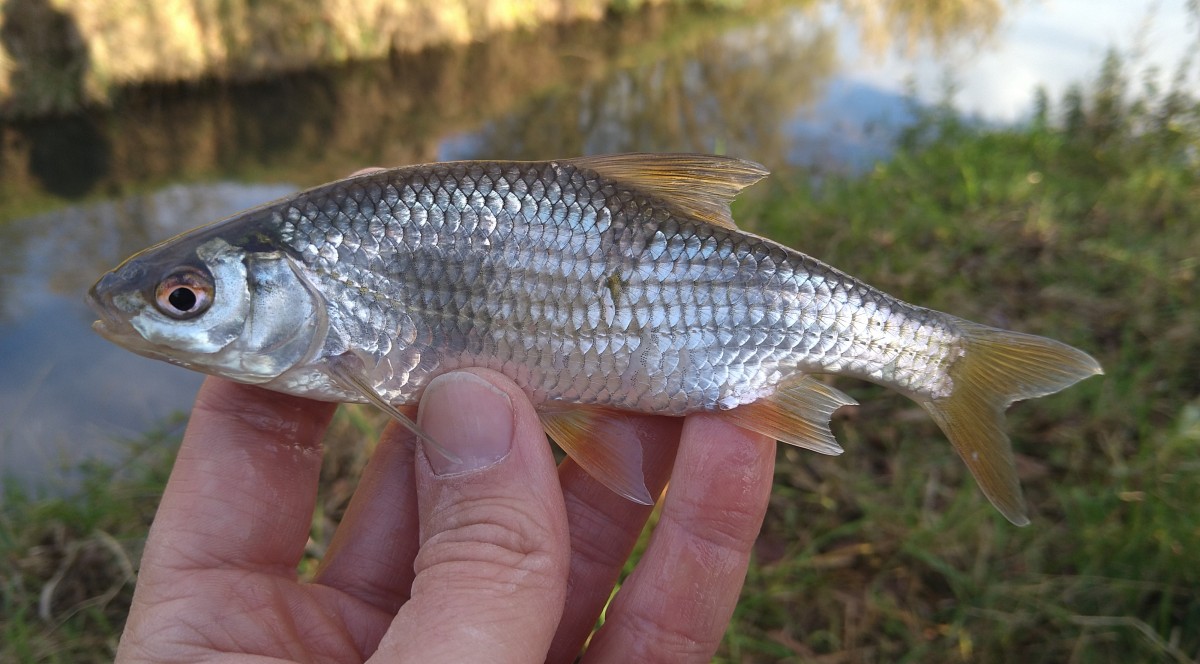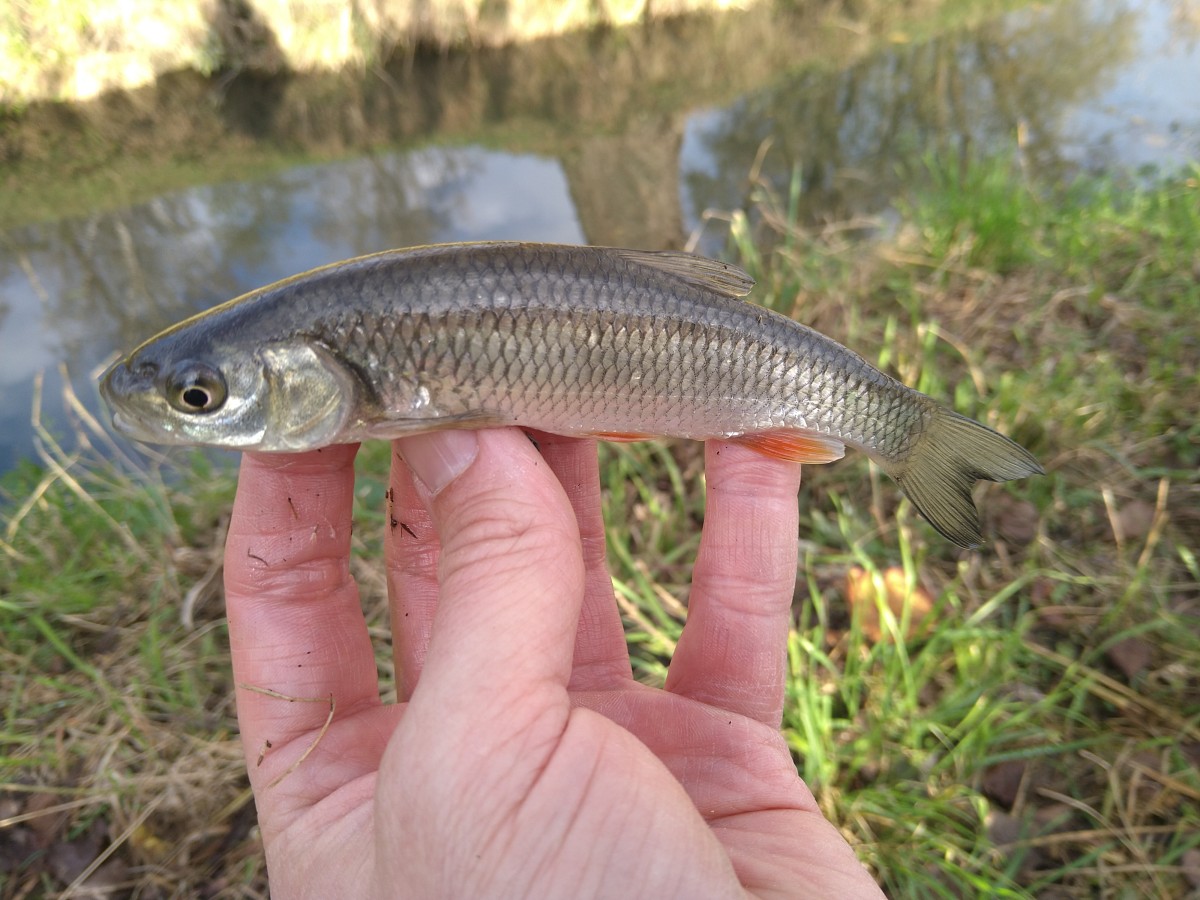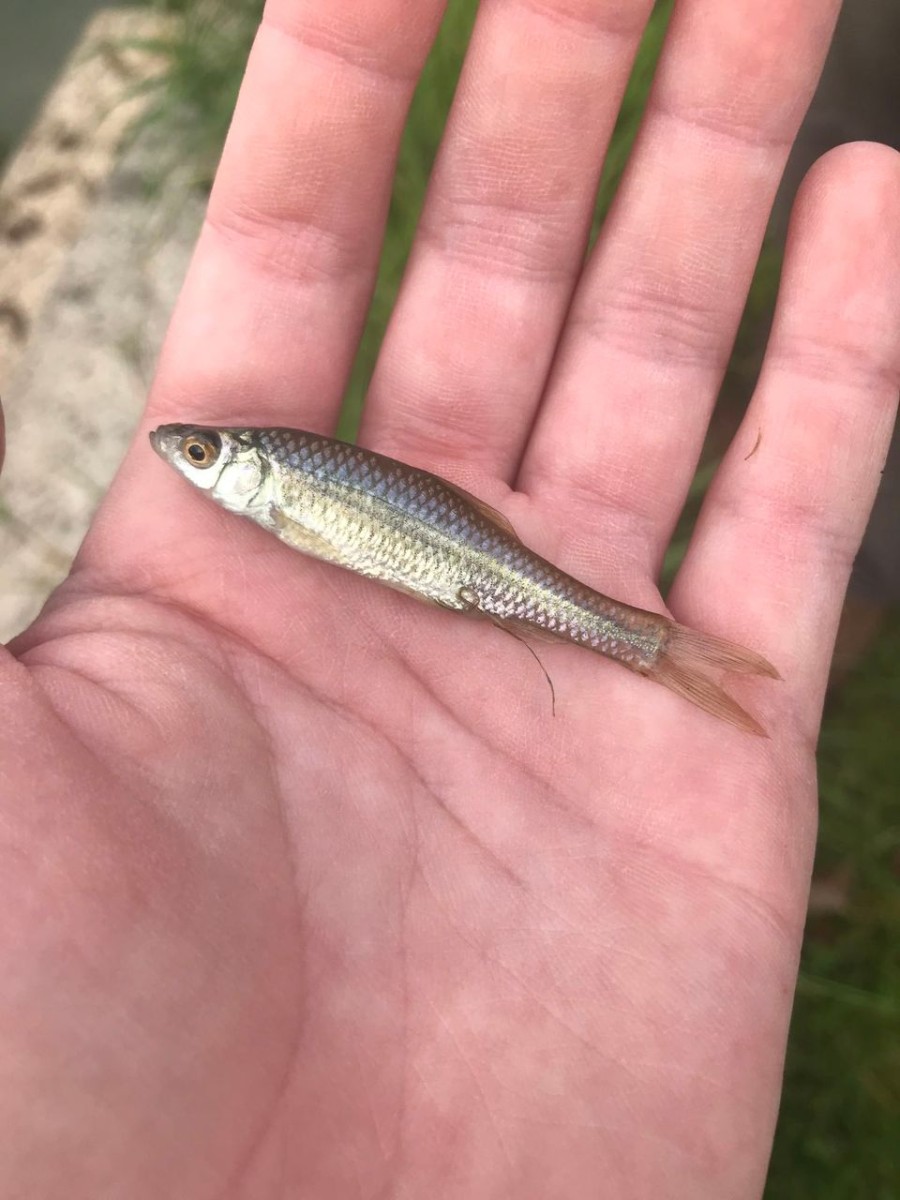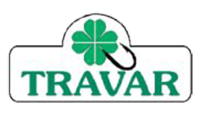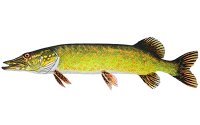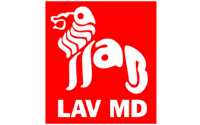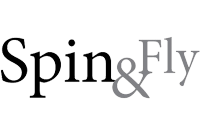Czech Republic

The Czech Republic, also called Czechia is a landlocked country in Central Europe. Historically known as Bohemia, it is bordered by Austria to the south, Germany to the west, Poland to the northeast, and Slovakia to the southeast. The Czech Republic has a hilly landscape that covers an area of 78,871 square kilometers (30,452 sq mi) with a mostly temperate continental and oceanic climate. The capital and largest city is Prague; other major cities and urban areas include Brno, Ostrava, Plzeň and Liberec.
The Czech Republic lies mostly between latitudes 48° and 51° N and longitudes 12° and 19° E.
Bohemia, to the west, consists of a basin drained by the Elbe (Czech: Labe) and the Vltava rivers, surrounded by mostly low mountains, such as the Krkonoše range of the Sudetes. The highest point in the country, Sněžka at 1,603 m (5,259 ft), is located here. Moravia, the eastern part of the country, is also hilly. It is drained mainly by the Morava River, but it also contains the source of the Oder River (Czech: Odra).
Water from the Czech Republic flows to three different seas: the North Sea, Baltic Sea, and Black Sea. The Czech Republic also leases the Moldauhafen, a 30,000-square-meter (7.4-acre) lot in the middle of the Hamburg Docks, which was awarded to Czechoslovakia by Article 363 of the Treaty of Versailles, to allow the landlocked country a place where goods transported down river could be transferred to seagoing ships. The territory reverts to Germany in 2028.
As of 2020, the Czech Republic ranks as the 21st most environmentally conscious country in the world in Environmental Performance Index. It had a 2018 Forest Landscape Integrity Index mean score of 1.71/10, ranking it 160th globally out of 172 countries. The Czech Republic has four National Parks (Šumava National Park, Krkonoše National Park, České Švýcarsko National Park, Podyjí National Park) and 25 Protected Landscape Areas.
Fishing
There are more than 50 fish species in the middle of Europe, and the most of them can be caught by sport fishing methods. The national symbol of Bohemia and at the same time the most traditional Christmass meal became is a carp. As far as another species the worth to mention is the large population of a catfish, which increases very quickly. (The world famous angler Jakub Vagner has written a 400 pages book about catfish!) Such fish species as bream, roach or silver bream dont belong to respectable trophies.
Between predators its worth to mention pike, perch, sander and asp, although many anglers have a fancy for chub, which can reach a great size almost in all Czech rivers.
Despite of the fact, that there are no high mountains in this country (the highest one reaches just a 1,6 km above see level) many trout rivers and streams flow down from the hills, providing a good living space for brown trout, grayling, which belong to native Czech species and are easy to catch with a good fly or spinner, same as rainbow trout and brook trout. No wonder that the famous czech nymph was born here!

